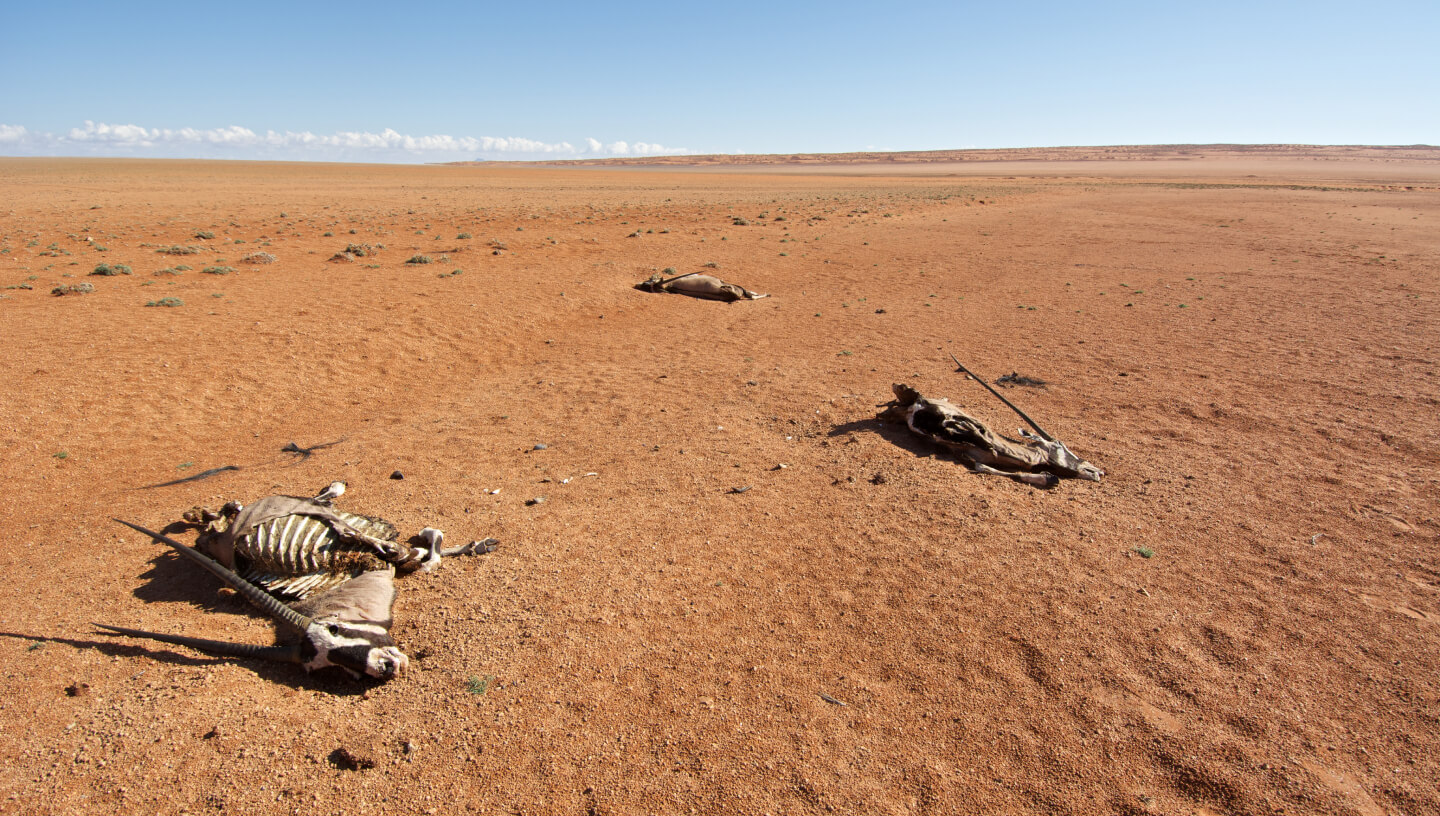17.10.2022
WWF: Animals are dying out catastrophically because of warming
 Photo by: RainervonBrandis / iStock
Photo by: RainervonBrandis / iStock
The World Wildlife Fund (WWF)’s Living Planet 2022 report shows shocking figures: wildlife populations on Earth have declined by an average of 69% in less than 50 years. This is due to deforestation, unrestrained human consumption of natural resources and industrial-scale pollution. And, according to data from the foundation’s 2018 and 2020 reports, these figures were lower: 60% and 68% respectively.
A number of scientists admit that we are experiencing the sixth mass extinction, the largest on Earth since the dinosaurs, but only now it is being caused by man. Based on the findings, the 89 authors of the report call on world leaders to reach agreement at the COP15 summit on biodiversity in Canada this December. New effective measures to reduce carbon emissions are needed to limit global warming to below 1.5 °C this decade and thus halt the rapid destruction of nature.
WWF scientists compiled a Living Planet Index based on a global analysis of 32,000 populations of 5,230 species to measure fluctuations in wildlife populations across continents. The study found that the sharpest declines in average wildlife population size occurred in Latin America and the Caribbean, including the Amazon, with a 94% decline over 48 years.
WWF-UK Executive Director Tanya Steele said: “This report says the strongest decline is in the Latin America region, home to the world’s largest Amazon rainforest. The rate of deforestation there is accelerating, depriving this unique ecosystem of not only the trees but also the wildlife that depends on them and the Amazon forest’s ability to act as one of our most significant allies in the fight against climate change.”
Africa was the second worst performer, with a 66% reduction in animal numbers. Africa was followed by Asia and the Pacific with 55% and North America with 20%. In Europe and Central Asia the number of animals declined by 18%. According to the report, the overall loss in animal numbers is akin to the extinction of populations in Europe, America, Africa, Oceania and China combined.
“Despite the science, catastrophic predictions, passionate speeches and promises, burning forests, flooded countries, record temperatures and millions of refugees, world leaders continue to sit back and watch our world burn before our eyes,” said Steele. “The climate and natural crises are closely intertwined, and this is not some distant threat that our grandchildren will solve with technology discovered sometime in the future.”
Cover photo: Majopez / iStock



























Comments